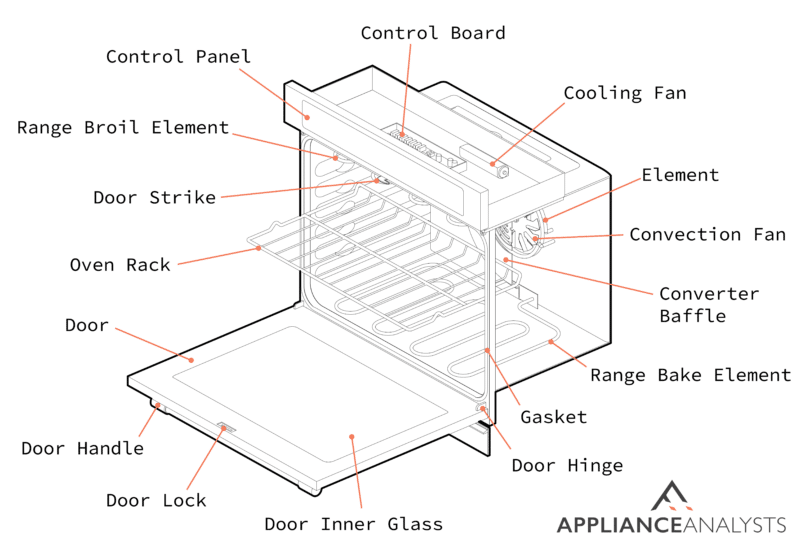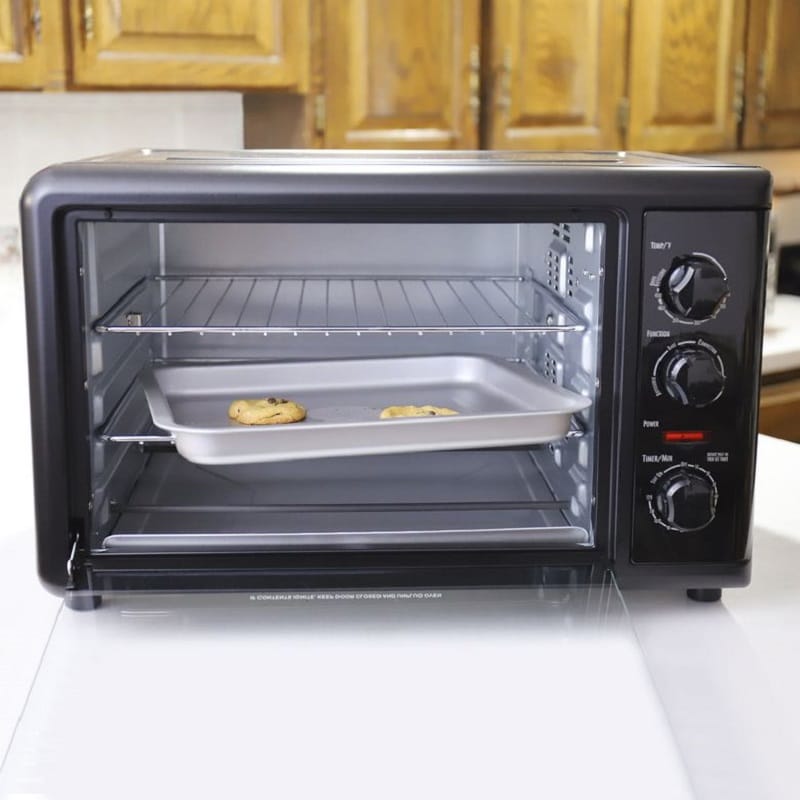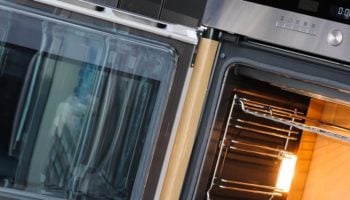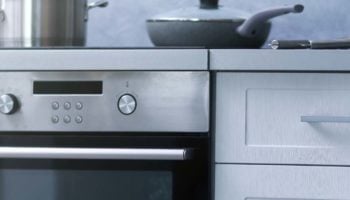Trying to understand the differences between regular vs countertop ovens?
You’re not alone! Both ovens have similarities, making choosing between them a bit confusing and challenging.
But don’t worry; I’m here to help!
The main differences between regular and countertop ovens are their size, price, features, and power consumption. Regular ovens are more expensive, consume more power, and have fewer features. Countertop ovens are more affordable and use less energy but have a limited cooking capacity.
Read on to choose the right oven!
Can a Countertop Oven Replace a Regular Oven?
Although there are some differences between both, countertop ovens can replace regular ovens.
I like that some countertop ovens cook quickly thanks to their convection settings and come with plenty of features, such as boiling, baking, and keeping warm settings. They also come with lots of classy extras, such as grill racks, meat temperature probes, and other cooking utensils.
So, if you want to replace your regular oven, are on a budget, and have enough countertop space, I definitely recommend getting a countertop oven.
However, it’s important to note that countertop ovens have a limited cooking capacity, so they are not suitable for cooking large quantities of food. A regular oven is the way to go if you like entertaining or have a big family.
Read on to learn more about other differences between countertop and regular ovens.
Countertop vs Regular Ovens: 5 Key Differences
To help you choose the right oven for your needs, I’ve prepared a quick guide that highlights the main differences between countertop and regular ovens.
#1 Price
If you want to replace your regular oven with a countertop oven, you’ll be happy to know that countertop ovens are more affordable.
A basic countertop model costs approximately $50. More extensive models range up to $1300. On the other hand, the cheapest regular ovens start at $500, and the more expensive models range up to $2500.
So, if your choice is based on budget alone, my advice is to pick a countertop oven, as it’s the most inexpensive option.
#2 Power Consumption
I always recommend considering the power consumption when comparing a regular vs. a countertop oven.
Some countertop ovens have a convection setting that cooks food 30% faster than a regular oven, resulting in lower energy bills.
You see, countertop ovens that support the convection setting use a fan to circulate hot air throughout the oven’s interior, resulting in shorter cooking times.

So, if your choice is based on power consumption alone, then you should buy a countertop oven.
#3 Convenience
Now, let’s compare countertop vs regular ovens regarding convenience.
Countertop ovens require countertop space. Smaller model dimensions start at 22.28 × 16.46 × 10.04 inches. Larger model dimensions go up to 24.8 x 16.54 x 20.47 inches.
On the other hand, regular ovens are built into your kitchen design. Smaller model dimensions start at 23.43 x 22.64 x 23.43 inches. Larger model dimensions go up to 21.69 x 23.43 x 23.43 inches.
If you have limited countertop space, I suggest choosing a regular oven. Although they are bigger, most kitchens are designed with an oven slot. So your oven will not be without a home.

Most countertop ovens are pretty much the same size. The difference between most of them is in the height of the unit.
Are you planning to fit your countertop oven in the space between your work surface and kitchen cupboards? Then make sure you measure that space before buying your countertop oven so that you know it will fit.
#4 Features
In my opinion, considering the features of regular and countertop ovens is crucial when choosing between them.
The number of features will vary depending on the brand and price of the oven you choose. For example, higher-end countertop or portable ovens offer a large capacity, convection cooking, a 1-hour timer, precise temperature controls, grill trays, and multiple settings that allow you to bake, toast, and broil.
It’s worth mentioning that while regular ovens also offer a wide variety of features, they typically don’t provide as many features as countertop ovens.
#5 Specialty
When choosing between a built-in oven vs a countertop oven, you should always keep in mind the type of dishes you usually cook.
I find that countertop ovens brown food faster and make crispier bread crusts. On the other hand, regular ovens are ideal for baking and general cooking.
So, if you love baking, you should choose a regular oven. You see, portable ovens are great at browning and cooking things faster. But, if you want to cook a cake that needs to rise slowly, a countertop oven will not be effective. It can brown the outside of the cake quickly while leaving the inside uncooked.
You should choose the oven that best fits your cooking style.
It’s worth mentioning that countertop ovens have a limited cooking capacity. On the other hand, regular ovens are bigger, so they’re ideal for preparing big roasts, multiple baking sheets, and whole turkeys.
Final Verdict: Countertop or Regular Oven?
Hopefully, now you know all the differences between a countertop oven vs a regular oven.
Here’s a quick summary of everything we’ve discussed so far:
| Countertop Oven | Regular Oven | |
| Price | Inexpensive | More expensive |
| Power consumption | It uses less power because it cooks faster | It uses more power |
| Convenience | Needs counter space and has a limited cooking capacity | It fits seamlessly into your kitchen design and is suitable for cooking large quantities of food. |
| Features | Many features | Fewer features |
| Specialty | Great for browning | Great for baking |
The ultimate decision comes down to your cooking needs, kitchen space, and budget. I hope this article has helped you choose the right oven.
Please check out our other free guides if you found this article helpful. You could even sign up for our email list!
Have a great day!
—Craig.








